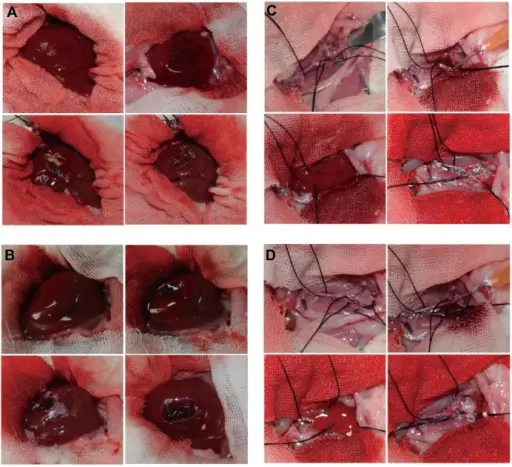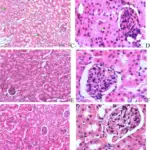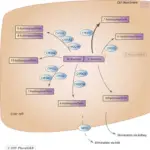Hemostasis is the normal response to vascular injury that leads to clot formation and stabilization.
Hemostasis involves:
- Arteriolar vasoconstriction
- Primary hemostasis
- Secondary hemostasis
- Clot stabilization
Key components of hemostasis include the endothelium, platelets, and the coagulation cascade.
What is Arteriolar Vasoconstriction?
Arteriolar vasoconstriction is the narrowing of the blood vessels resulting from the contraction of the muscular wall of the vessels.
What is Primary hemostasis?
Primary hemostasis is a pro coagulation clot-forming process associated with the initiation and formation of the platelet plug.
What is Secondary hemostasis?
Secondary hemostasis is also a pro-coagulation clot-forming process and it’s associated with the propagation of the clotting process via the intrinsic and extrinsic coagulation cascades.
What is Clot Stabilization?
Clot stabilization is the enhancing activation of procoagulants only at the site where a clot is desired by the coated platelets.
What is the Coagulation Cascade?
The coagulation cascade is the series of steps that occur during the formation of a blood clot after injury by activating a cascade of proteins called clotting factors.
The factors involved in the coagulation cascade include:
- Factor XIII
- Factor XII
- Factor XI
- Factor X
- Factor IX
- Factor VIII
- Factor VII
- Factor VI
- Factor V
- Factor IV
- Factor III
- Factor II
- Factor I
| NAME | FUNCTION | |
| Factor XIII | Fibrin-stabilizing factor | Crosslinks Fibrin |
| Factor XII | Hageman factor | Activates Factor XI, VII and Prekallikrein |
| Factor XI | Plasma thromboplastin antecedent | Activates Factor IX |
| Factor X | Stuart-Prower factor | Activates Factor II, forms prothrombinase complex with Factor V |
| Factor IX | Plasma thromboplastin component, Christmas factor | Activates Factor X, forms tenase complex with Factor VIII |
| Factor VIII | Antihemophilic factor | Cofactor of IX with which it forms tenase complex |
| Factor VII | Stable factor or proconvertin | Activates Factor IX, X |
| Factor VI | Unassigned | Unassigned |
| Factor V | Labile factor or proaccelerin | Cofactor of X with which it forms prothrombinase complex |
| Factor IV | Ionized calcium (Ca++) | Required for coagulation factors to bind to phospholipid (formerly known as factor IV) |
| Factor III | Tissue thromboplastin (tissue factor) | Cofactor of VIIa (formerly known as Factor III) |
| Factor II | Prothrombin | Factor IIa activates I, X, VII, VIII, XI, XIII, protein C, platelets |
| Factor I | Fibrinogen | Blood clot formation (Fibrin) |
What are Vitamin K Dependent Factors?
Vitamin K dependent factors include:
Factors, 2, 7, 9, 10, protein C and protein S.



